After I presented at the Digital Media Summit in Toronto, Sylvia Ng, VP of Growth and Analytics at ScribbleLive, asked for an interview to discuss challenges and opportunities ahead for digital marketers. Following is her summary of our conversation. I wanted to share it with you here…
In the midst of endless blogs, podcasts, tweets, instagrams, and snapchats, how does a brand or business get noticed? Creating a truly effective marketing campaign is about understanding your brand, and more importantly, your audience. Sylvia turned the conversation into five actionable tips that will help you improve your marketing strategy.
1. Stop Talking About Tools and Start Thinking About Strategy
What role do software tools play in engaging the audience?
Software tools facilitate engagement, make marketing departments more efficient, and help scale content campaigns. However, there’s almost too much technology in the software sphere, and a lack of focus on how we’re putting these tools to use. Today’s marketers place too much emphasis on the tool, and software vendors place too much emphasis on the capability but not enough people are talking about what the real human application of any of this stuff is.
Instead, marketers need to start asking “what is it we are trying to scale and why?” and “how do we use any of this technology to make a difference or to matter?”
2. Establish #WDYSF (What Do You Stand For)
How do you navigate the convoluted marketing technology landscape? What technologies do you think are worth keeping an eye out for?
The real challenge, before you concern yourself with software, is to determine what makes your brand or business special. We have to take a moment to think about what is it that really makes the brand relevant or worthwhile and how can you connect or engage your audience in a meaningful and mutually beneficial way.
I often use the hashtag #WDYSF (What Do You Stand For). It’s this idea of just thinking about [what your brand stands for] first, and then what’s the purpose? What’s the mission, and why should I spend my time paying attention to you? What are you going to do for me?
Customers have goals, objectives, challenges, and frustrations. It’s only once you understand this aspect of the consumer that you can begin using marketing tools, graphics, videos, eBooks, and other tools to engage your customers.
The advice I have is to stop acting like marketers, if you have to market that means that there is something wrong.
3. Cultivate “The Embrace”
Social media marketing versus content marketing – where is the industry going?
We need to distinguish between social media marketing and content marketing. What we don’t need is marketers trying to figure out how to keep earning their jobs, getting paychecks, and being part of the buzz, which, is ultimately part of the problem. There’s a tendency to say that content marketing is the new social media marketing. However, I believe this conversation perpetuates the problem and ignores the more pressing need for good content.
Everybody is trying to be the special snowflake in the blizzard and not enough people are focusing on determining why people should even care about their brand’s content in the first place.
Why should you pay attention? What am I going to do with your attention once I have it?
This is what I refer to as “the embrace” and believe that if marketers paid more attention to this aspect of content marketing or marketing overall they would be less concerned with generating buzz and instead spend more time creating the kind of content their audience is looking for. The problem is that everybody is too busy thinking about how to go viral or, you know, how to use whatever the latest platform is. But if we become too preoccupied with technology, we will neglect the experience.
Ask yourself, “do I want to just throw stuff out there and get the view or do I want to do something great?”
The art of engagement is action, reactions, transaction (A.R.T.) and the goal is to open the door for a real experience, to do something that will make the audience feel something. I would like to shift the focus away from conversations like ‘content marketing versus social media marketing’ and towards creating experiences that embrace the audience and that make them walk away saying, “that was amazing.”
4. Observe Your Audience
What tips would you give business leaders looking to ‘embrace’ the audience?
A marketer’s top priority should be understanding their highly social audience. What are their aspirations? What challenges do they face? The trick is to humanize your audience and find out what questions they’re asking. You have to walk through their journey and you see where they go and what they find, and once you do, you really start to understand that all of your marketing, all of the subjects that you have been doing, all of your sad strategies are misaligned to the world you thought you knew versus the world that exists.
Meaningful strategy demands that marketers understand who the new customer is and reverse engineer it. You learn all of the things that you need to do just from observing. It all comes down to looking at the brand and the brand promise. And, we need to pay attention specifically the divide between what you say your brand is about and how your customers experience it. Once marketers understand this experience gap, they can work backwards and rebuild the brand to cater to their audience.
Again, adopt a #WDWSF strategy. Brands have to first ask “what is our experience today?” and “what is our brand?” and then do what it takes to bring it to life.
5. Question Everything You Know
Do you have any recommendations or resources for marketers trying to understand their audience? Or is this a trial and error strategy?
I’m hesitant to declare that there is any one specific resource for understanding the audience. Instead we need to open the door to the humanities. Doing so helps us better understand how to use all these tools to look at the human behavior, to look at the groups of behavior, look at the trends, look at the possibilities.
The best way to do great content marketing is to really learn about the people you’re talking to. One secret of success that I can share with you is that you have to get the other person’s point of view and add it to your own, then you can sort of read in between the lines.
Again, the best way to reach your customers is to learn about your audience and let them inspire you. That’s what Steve Jobs did very well. He watched what people did, their challenges, and also applied new technology to make things better and often innovative.
These are the things that start by really questioning, you know? Why do we do things this way? What if we did this? What if we started from scratch? That’s the advice I would leave anybody with – once you start questioning you realize that the shit that you believed in that was supposed to be the right thing turns out not to be the right thing because times have changed and we just haven’t changed along with it.
I tried to illustrate this point with a common reference to Mahatma Gandhi. It turns out that there’s no proof that Gandhi ever said this oft shared quote, “We must be the change we want to see in the world.” While it’s an important message, many of the famous quotes that we share and talk about are merely interpretations or misquotes.
So, what does Gandhi have to do with marketing in this highly social digital landscape?
It’s a metaphor to remind marketers to challenge established truths and question the marketing rules because they are no longer valid. In the current marketing landscape the true visionaries are the ones who focus on customer-based marketing and continue to question and innovate.
Connect with me… Twitter | LinkedIn | Facebook | Youtube | Instagram | Pinterest
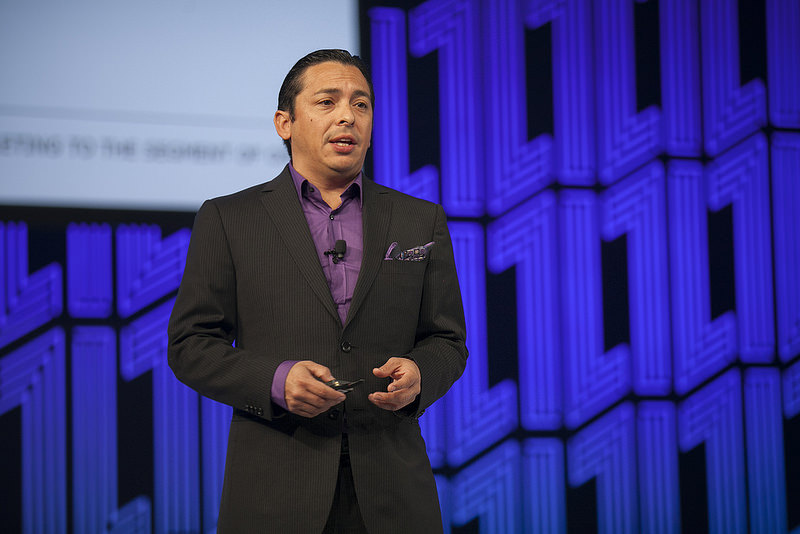
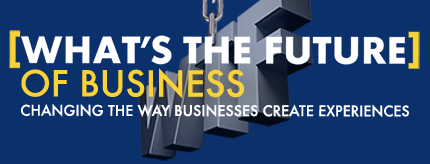
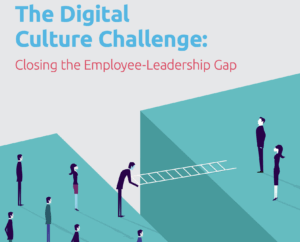
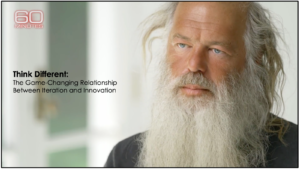
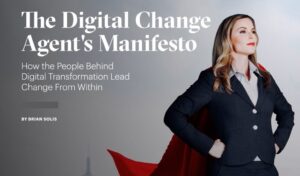


Great points, Brian. I especially like Sylvia’s reference in #4 to gaining a deeper understanding of who your audience is, what their frustrations are, etc. and reverse engineering from there. This is age-old advice that David Ogilvy preached in direct response marketing, yet so many brands and agencies just don’t go to the effort. I’m glad to see you and Sylvia tackle it here!
Thank you Apryl.